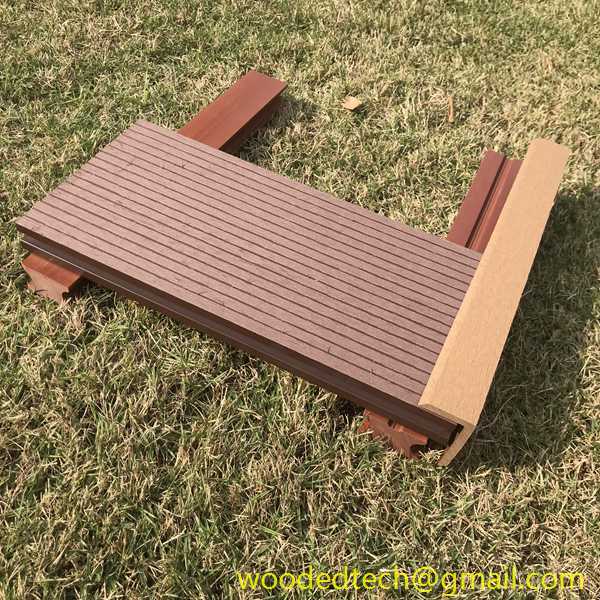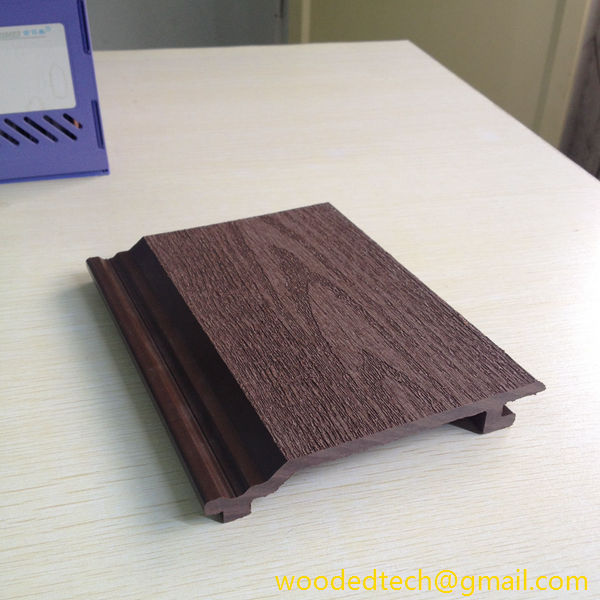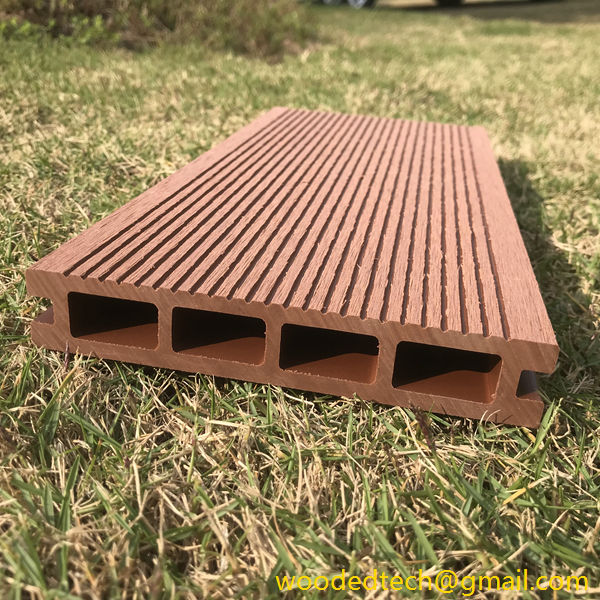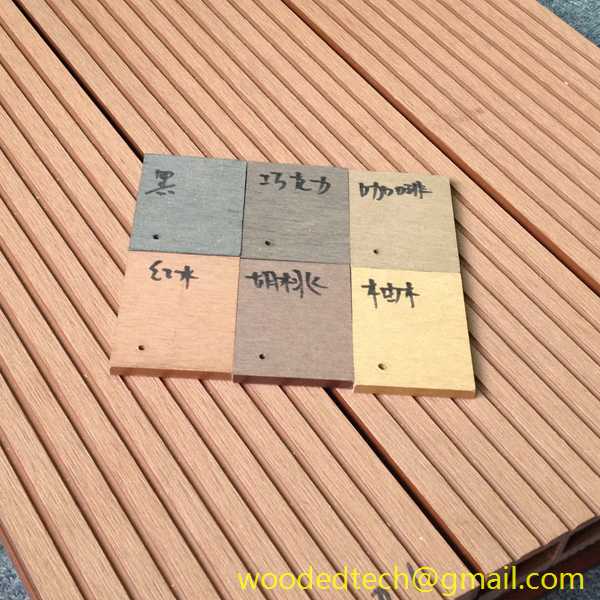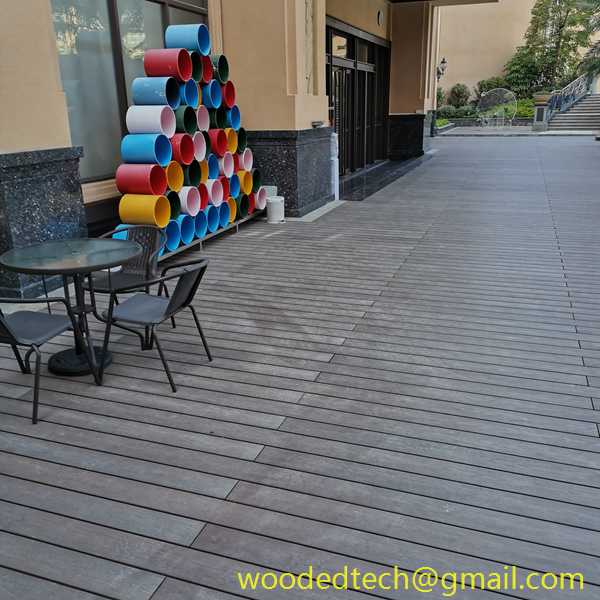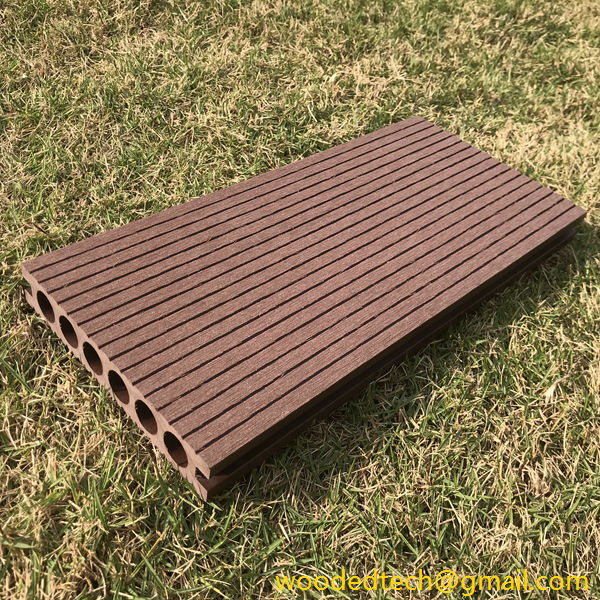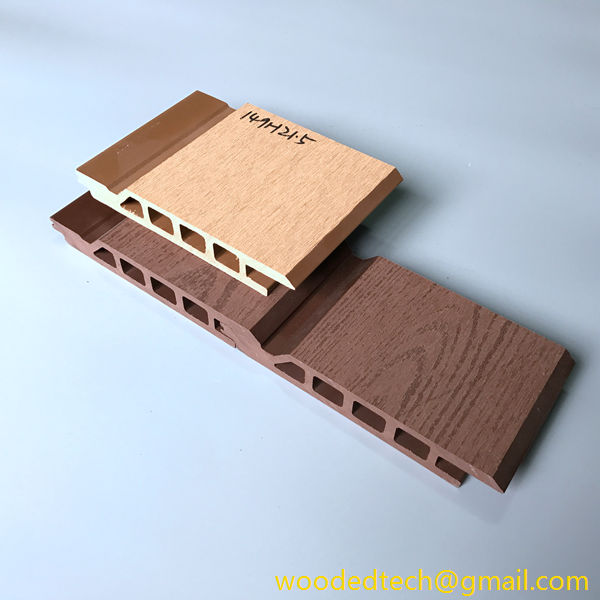what are the disadvantages of composite decking?
In the field of home decoration, composite decking has quickly won the favor of homeowners with its advantages of low maintenance and aesthetics.
However, like the two sides of a coin, composite decking is a good material, but it also has its disadvantages that cannot be ignored.
The high cost, deformation problems in extreme climates, and the difficulty of repairing after damage have put many consumers in a dilemma when choosing.
Faced with the uneven quality in the market, how to choose the right composite decking has become a science.
The trade-off between cost and benefit is the primary consideration.
Despite the high initial investment, the long-term durability of composite decking means lower maintenance costs and longer service life, which is an advantage that cannot be ignored for families pursuing high cost performance.
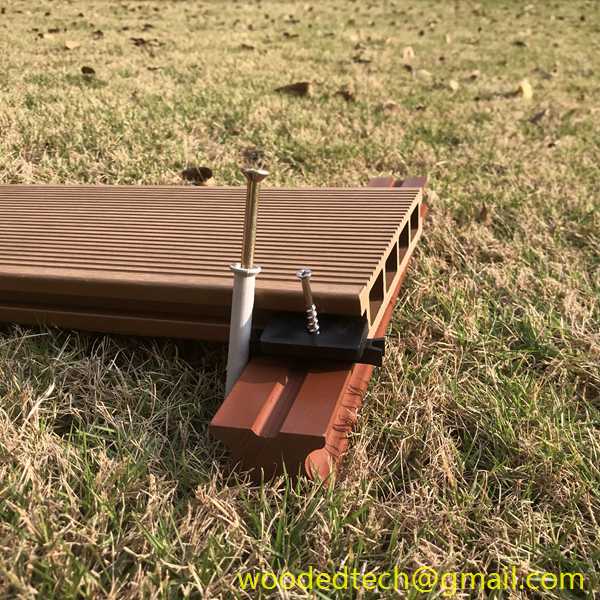
Durability and environmental adaptability are also important indicators for evaluating composite decking.
Although deformation may occur under extreme weather conditions, this risk can be greatly reduced by choosing high-quality products.
High-quality composite decking can better withstand harsh climates and reduce additional expenses caused by replacement or repair.
Repairability is also a key factor in the decision to purchase composite decking.
Once damaged, composite decking is usually not as easy and direct to repair as traditional wood.
Therefore, it is particularly important to consider the quality and certification of the product when making a choice.
Although composite decking has certain limitations, it can still be a good choice for outdoor decoration as long as it is carefully considered according to personal needs and budget.
By carefully comparing the product performance and service promises of different brands, you will be able to make the best choice for your home decoration and enjoy the lasting charm and comfort of composite decking.

